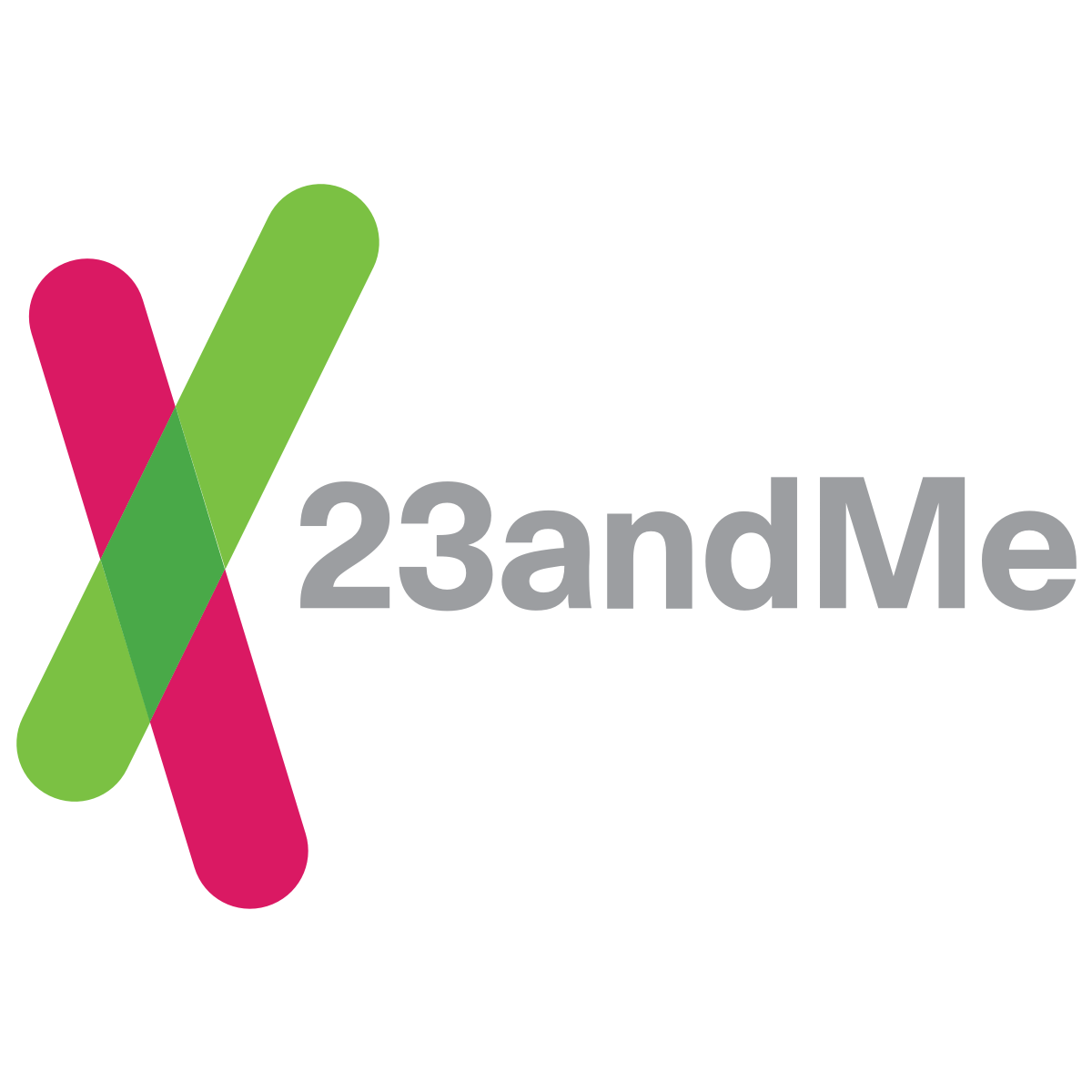
15 Feb Trust Incident 23andMe

Case Author
Qwen2.5-Max, Alibaba Cloud, ChatGPT o1 for model constructs and cues, ^peer-reviewed by Claude 3.7 Sonnet, Anthropic
Date Of Creation
09.03.2025

Incident Summary
23andMe suffered a credential-stuffing attack in 2023 exposing genetic and ancestry data of 6.9 million users, with particular targeting of users with Ashkenazi Jewish and Chinese ancestry, leading to a $30 million settlement and security updates.
Ai Case Flag
AI
Name Of The Affected Entity
23andMe
Brand Evaluation
3
Upload The Logo Of The Affected Entity
Industry
Pharmaceutical & Healthcare
Year Of Incident
2023
Upload An Image Illustrating The Case
Key Trigger
Credential-stuffing attack exploiting reused or weak passwords with targeted focus on specific ethnic groups and failure to detect the breach for months.
Detailed Description Of What Happened
In 2023, 23andMe experienced a significant data breach due to a credential-stuffing attack. Hackers exploited reused or weak passwords to access approximately 6.9 million customer profiles, particularly targeting users with Chinese and Ashkenazi Jewish ancestry. Exposed data included personal details and genetic information through the site’s DNA relative matching feature. The breach went undetected for months and was disclosed by 23andMe in October 2023. Consequences included public outrage, numerous class-action lawsuits, and a $30 million settlement in September 2024. The settlement included three years of free credit/identity monitoring for affected users and cash payments for those with proven losses. 23andMe committed to security upgrades, including enhanced encryption and authentication measures. The incident raised broader ethical and privacy concerns in the DNA testing industry. Addendum: The description is generally accurate but lacks critical details about how hackers specifically targeted users with Ashkenazi Jewish and Chinese ancestry, which was a distinctive and concerning aspect of this breach. The ethical implications of targeted genetic data theft based on ethnicity deserve emphasis.
Primary Trust Violation Type
Competence-Based
Secondary Trust Violation Type
Integrity-Based
Analytics Ai Failure Type
Privacy
Ai Risk Affected By The Incident
Privacy and Data Protection Risk
Capability Reputation Evaluation
4
Capability Reputation Rationales
Before the breach, 23andMe was regarded as a leader in genetic testing, known for its innovative approach and user-friendly platform. However, the breach exposed vulnerabilities in its cybersecurity infrastructure, raising questions about operational reliability. While the company had strong expertise in genetic analysis, its failure to protect sensitive user data undermined its reputation for competence and reliability. The incident highlighted gaps in risk management and technical safeguards, lowering its perceived capability. Addendum: The rationale is sound but should emphasize that 23andMe failed to implement industry-standard security practices like multi-factor authentication before the breach, which is a significant competence failure for a company handling such sensitive data.
Character Reputation Evaluation
2
Character Reputation Rationales
Prior to the breach, 23andMe had a mixed reputation regarding ethical conduct and stakeholder care. The breach severely damaged its character reputation, as users felt betrayed by the company’s failure to safeguard highly sensitive genetic data. Transparency and communication were called into question, especially given the delayed disclosure of the breach. The lack of proactive measures to prevent credential-stuffing attacks further eroded trust. Public perception shifted toward viewing 23andMe as prioritizing profit over user privacy, undermining its alignment with societal expectations of ethical data handling. Addendum: The rationale should more explicitly address 23andMe delayed disclosure of the breach, which was detected in October 2023 but may have begun months earlier. This lack of timely transparency is a critical character issue.
Reputation Financial Damage
The breach caused significant reputational damage, with widespread public outrage and media coverage highlighting the sensitivity of genetic data. Class-action lawsuits resulted in a $30 million settlement, impacting financial performance. Users migrated to competing platforms, reducing market share. The incident also prompted regulatory scrutiny and calls for stricter data protection laws in the genetic testing industry. Trust erosion among existing users led to reduced engagement and potential revenue loss. Additionally, the need for security upgrades and identity monitoring services imposed additional costs on the company. Addendum: The damage description should include specific stock impact data – 23andMe stock fell approximately 40% following the breach disclosure, a quantifiable measure of market trust loss.
Severity Of Incident
4
Company Immediate Action
23andMe issued a public apology and disclosed the breach in October 2023. The company acknowledged the security lapse and outlined steps to address the issue, including enhancing encryption protocols and implementing multi-factor authentication. It also offered free credit/identity monitoring services to affected users. Leadership emphasized their commitment to improving data security and restoring user trust. Addendum: The response description lacks critical evaluation of timing – 23andMe disclosure came only after media reports about the data being offered for sale on dark web forums, suggesting reactive rather than proactive transparency.
Response Effectiveness
While 23andMe’s response demonstrated accountability and a willingness to improve, skepticism remained among users and stakeholders. The $30 million settlement partially addressed financial damages but did little to restore trust in the company’s ability to protect sensitive data. Enhanced security measures were welcomed but viewed as reactive rather than proactive. Ongoing regulatory scrutiny and competitive pressures suggest lingering trust issues, though the company’s efforts may mitigate long-term reputational harm. Addendum: The effectiveness analysis should highlight that while 23andMe offered credit monitoring, this is largely ineffective protection for genetic data, which unlike financial data, cannot be changed and represents a permanent privacy breach.
Model L1 Elements Affected By Incident
Reciprocity, Brand, Social Adaptor, Social Protector
Reciprocity Model L2 Cues
Accountability & Liability, Error & Breach Handling
Brand Model L2 Cues
Brand Image & Reputation
Social Adaptor Model L2 Cues
Data Security & Secure Storage, Compliance & Regulatory Features
Social Protector Model L2 Cues
Media Coverage & Press Mentions
Response Strategy Chosen
Apology, Reparations & Corrective Action
Mitigation Strategy
23andMe issued a public apology for the breach and committed to corrective actions, including enhancing encryption protocols, implementing multi-factor authentication, and offering free credit/identity monitoring services to affected users. The company settled class-action lawsuits for $30 million, providing compensation and identity protection services. Leadership emphasized transparency and accountability, acknowledging the breach and outlining steps to prevent future incidents. These measures aimed to rebuild trust and demonstrate a commitment to user privacy and data security. Addendum: The response strategy description doesnt address the criticism that 23andMe initial communications downplayed the scope of the breach. A more comprehensive analysis would note this initial minimization followed by more transparent disclosure as pressure mounted.
Model L1 Elements Of Choice For Mitigation
Reciprocity, Social Adaptor
L2 Cues Used For Mitigation
Accountability & Liability, Data Security & Secure Storage
Further References
https://www.bbc.com/news/technology-67624182, https://www.hipaajournal.com/23andme-user-data-stolen-credential-stuffing-campaign/, https://www.nytimes.com/2024/01/26/business/23andme-hack-data.html
Curated
1

The Trust Incident Database is a structured repository designed to document and analyze cases where data analytics or AI failures have led to trust breaches.
© 2025, Copyright Glinz & Company




No Comments